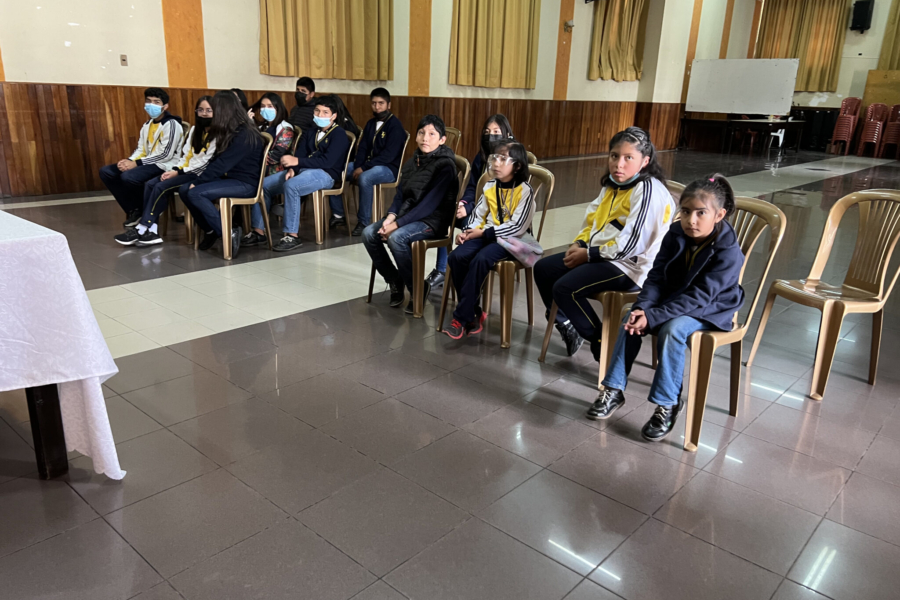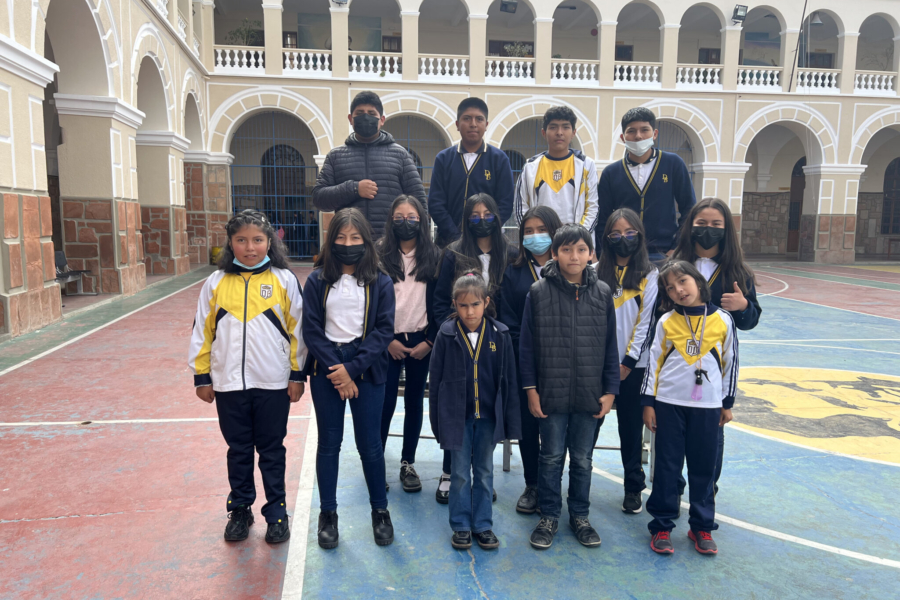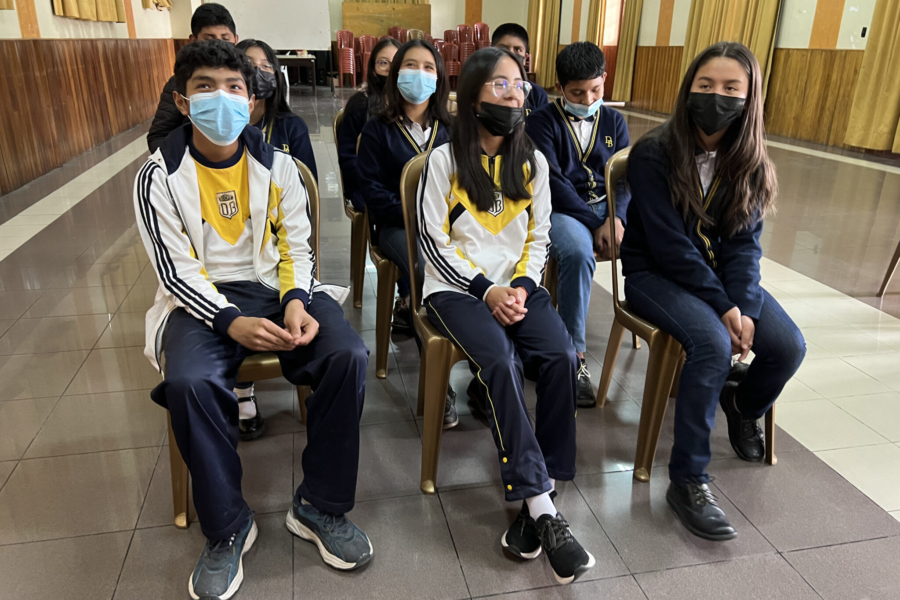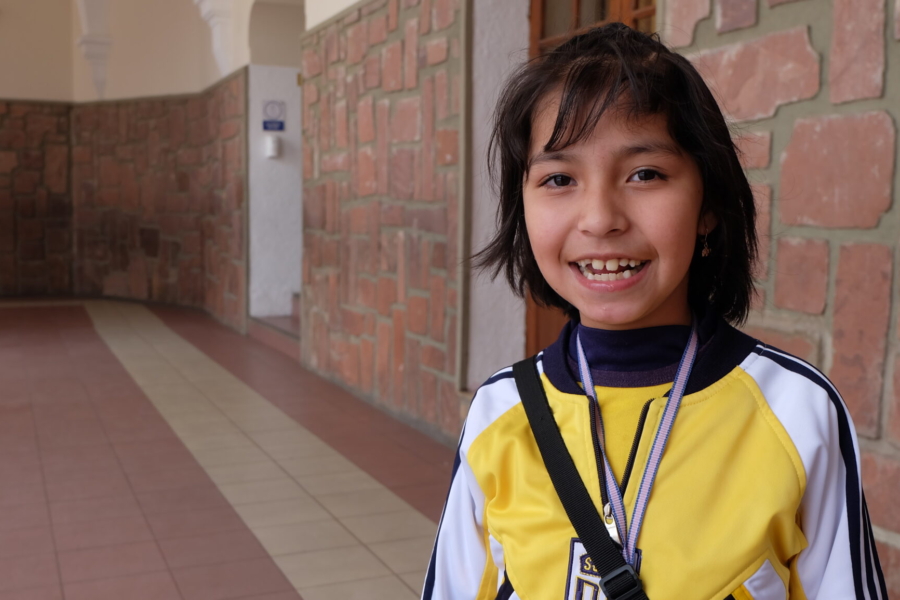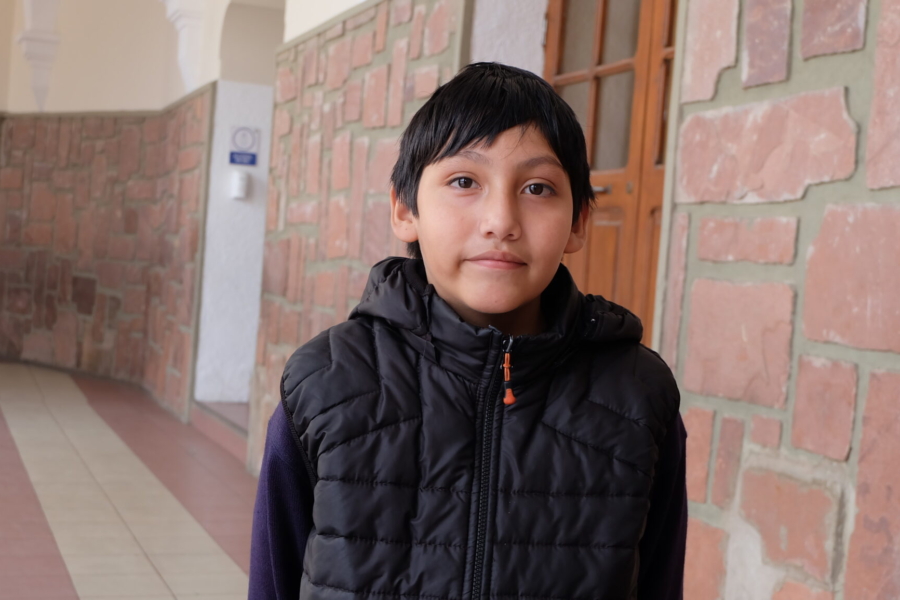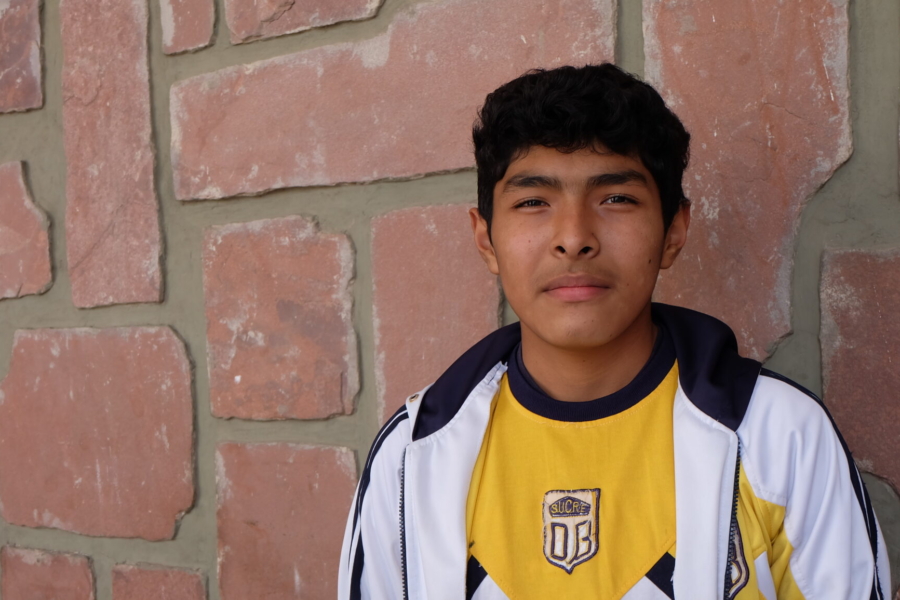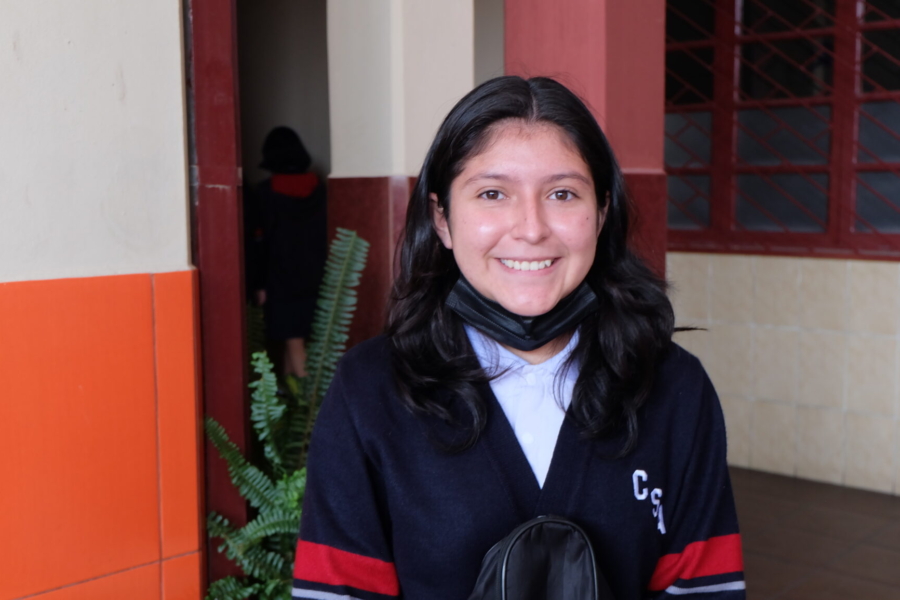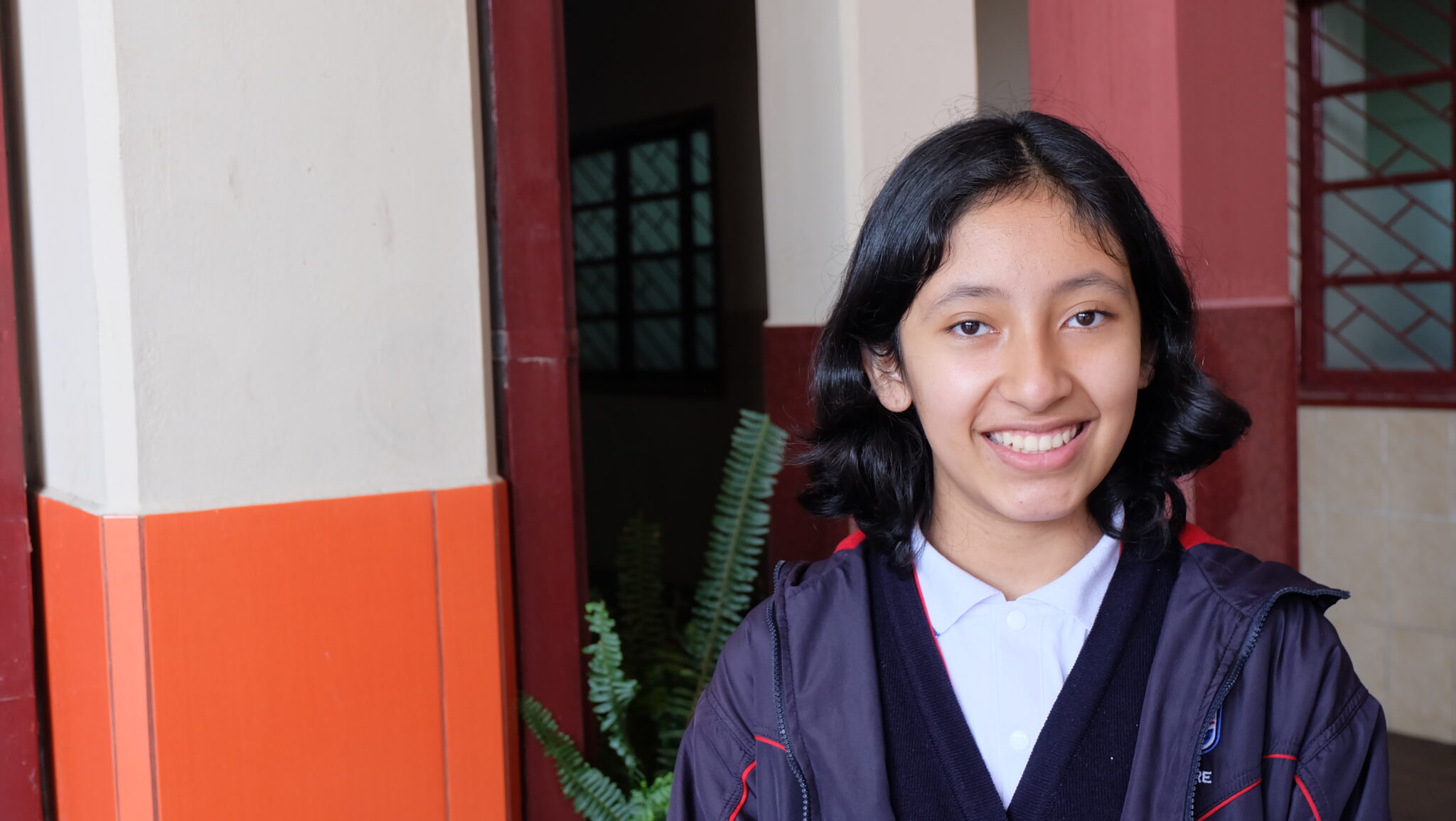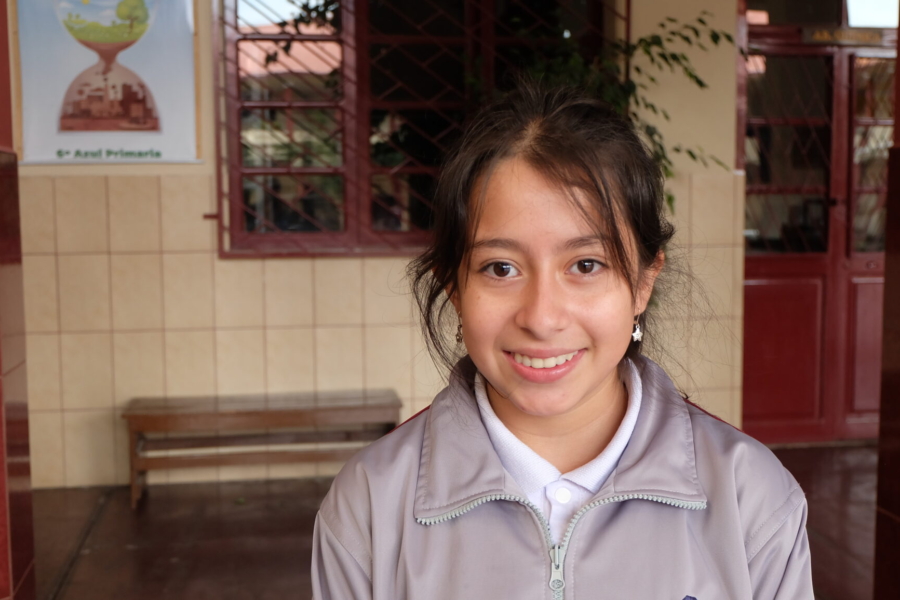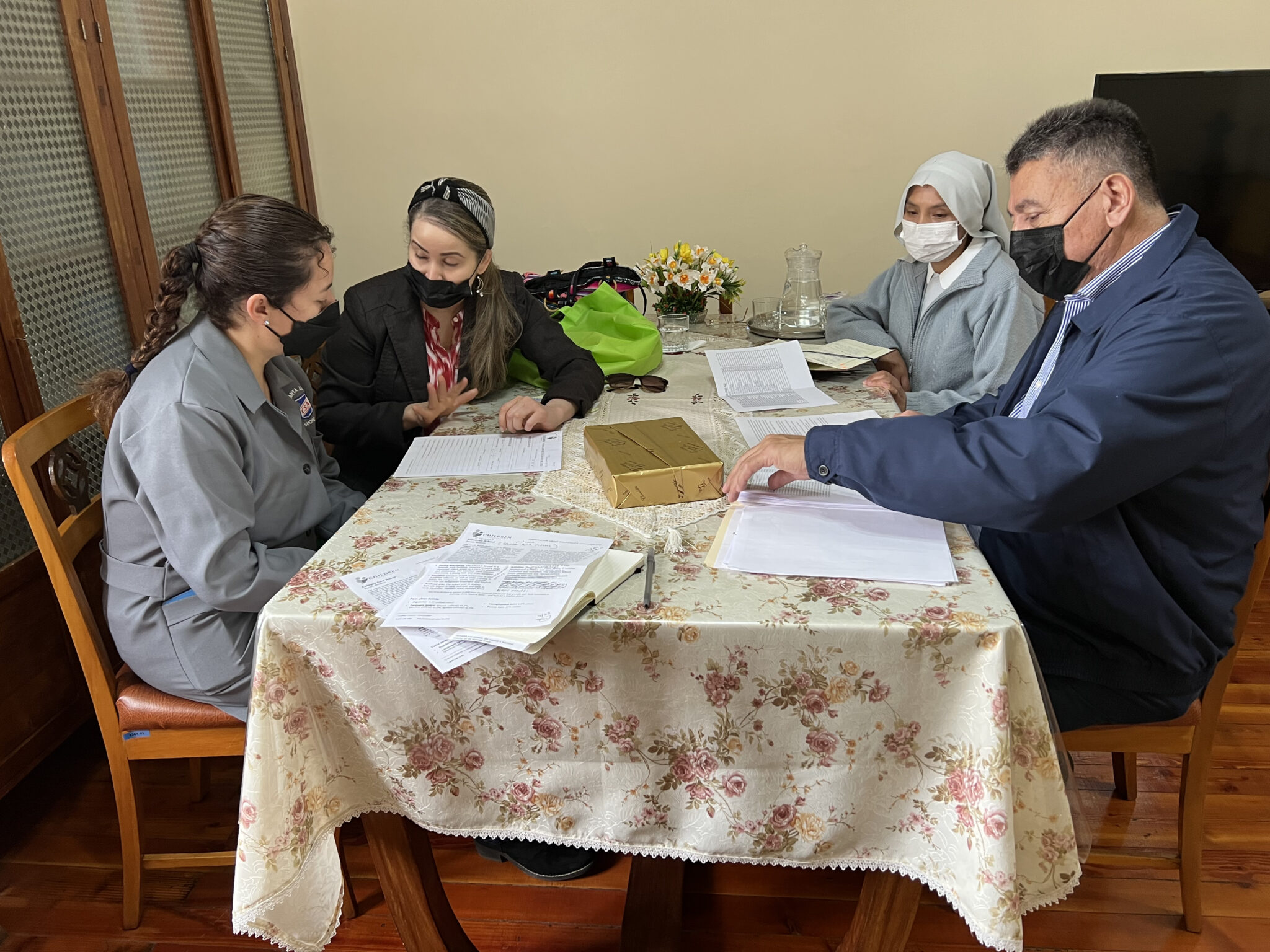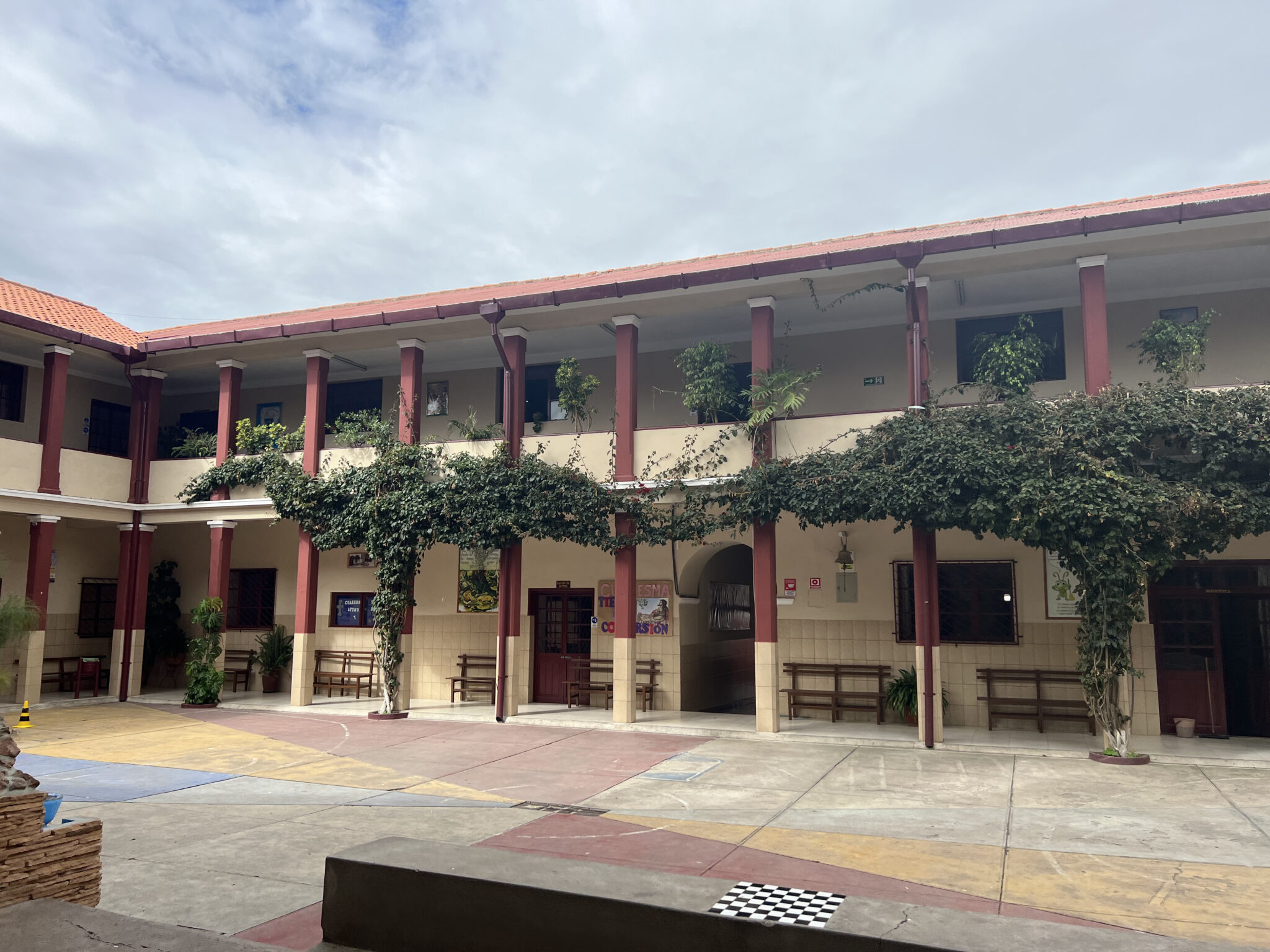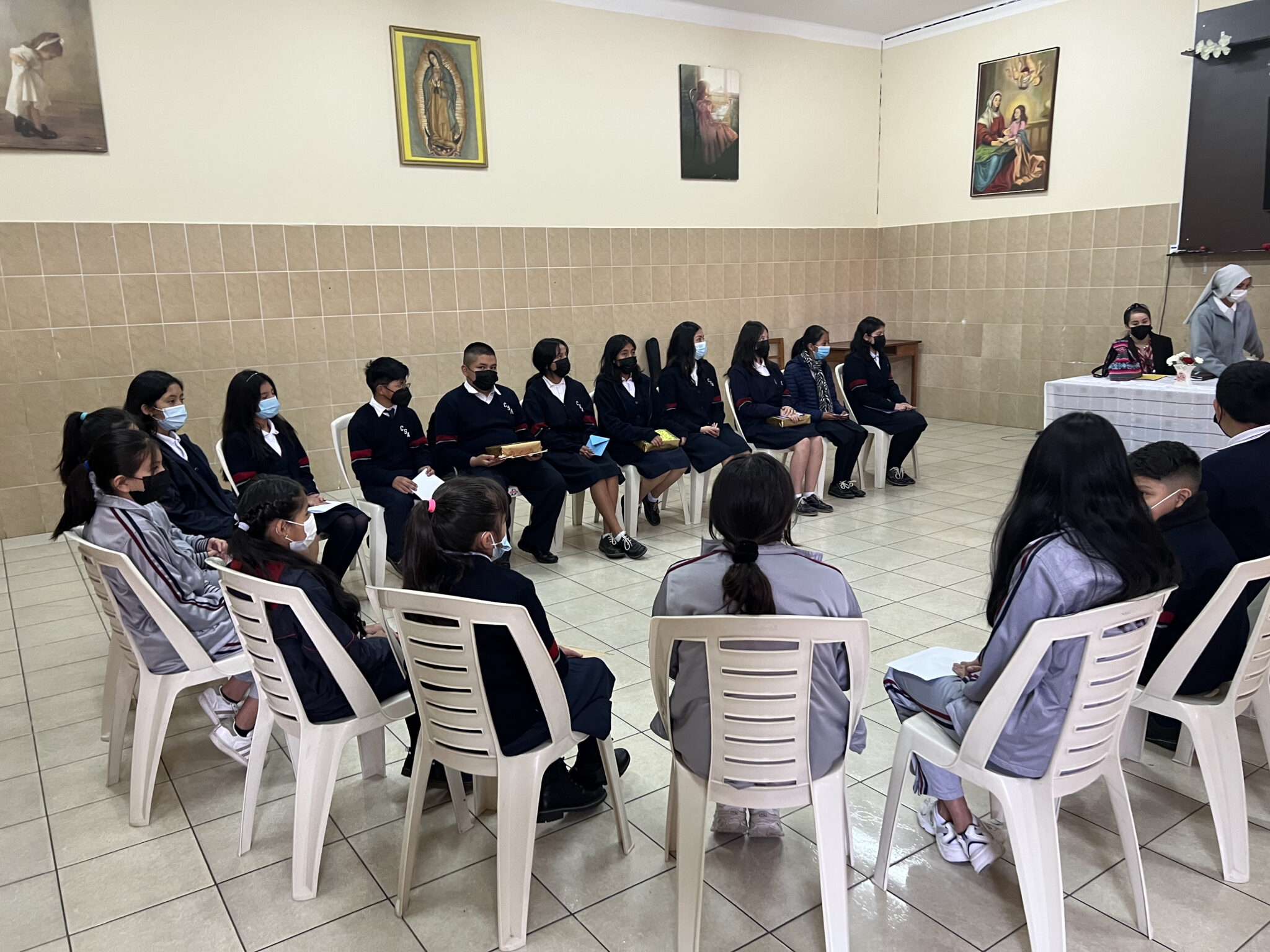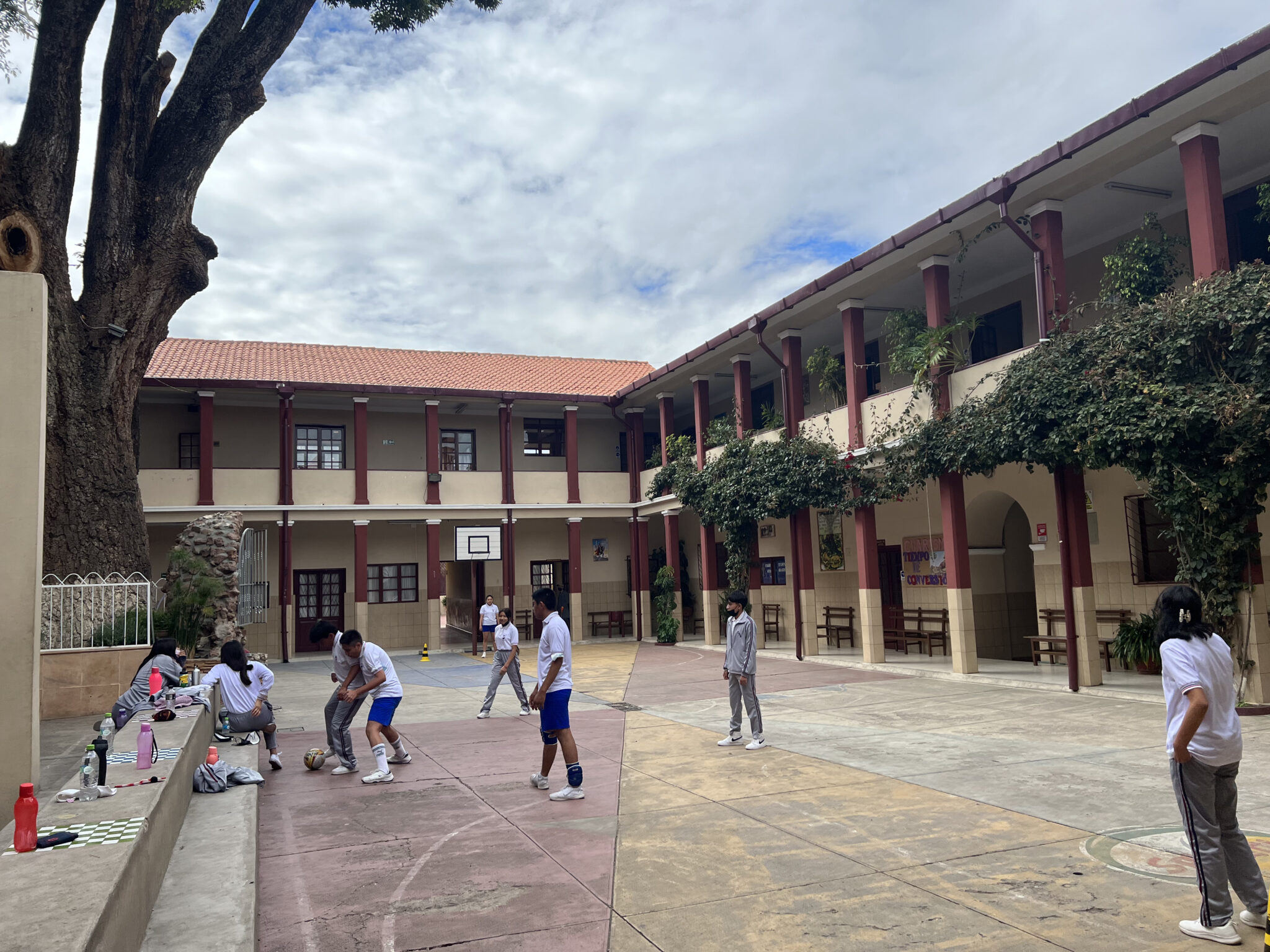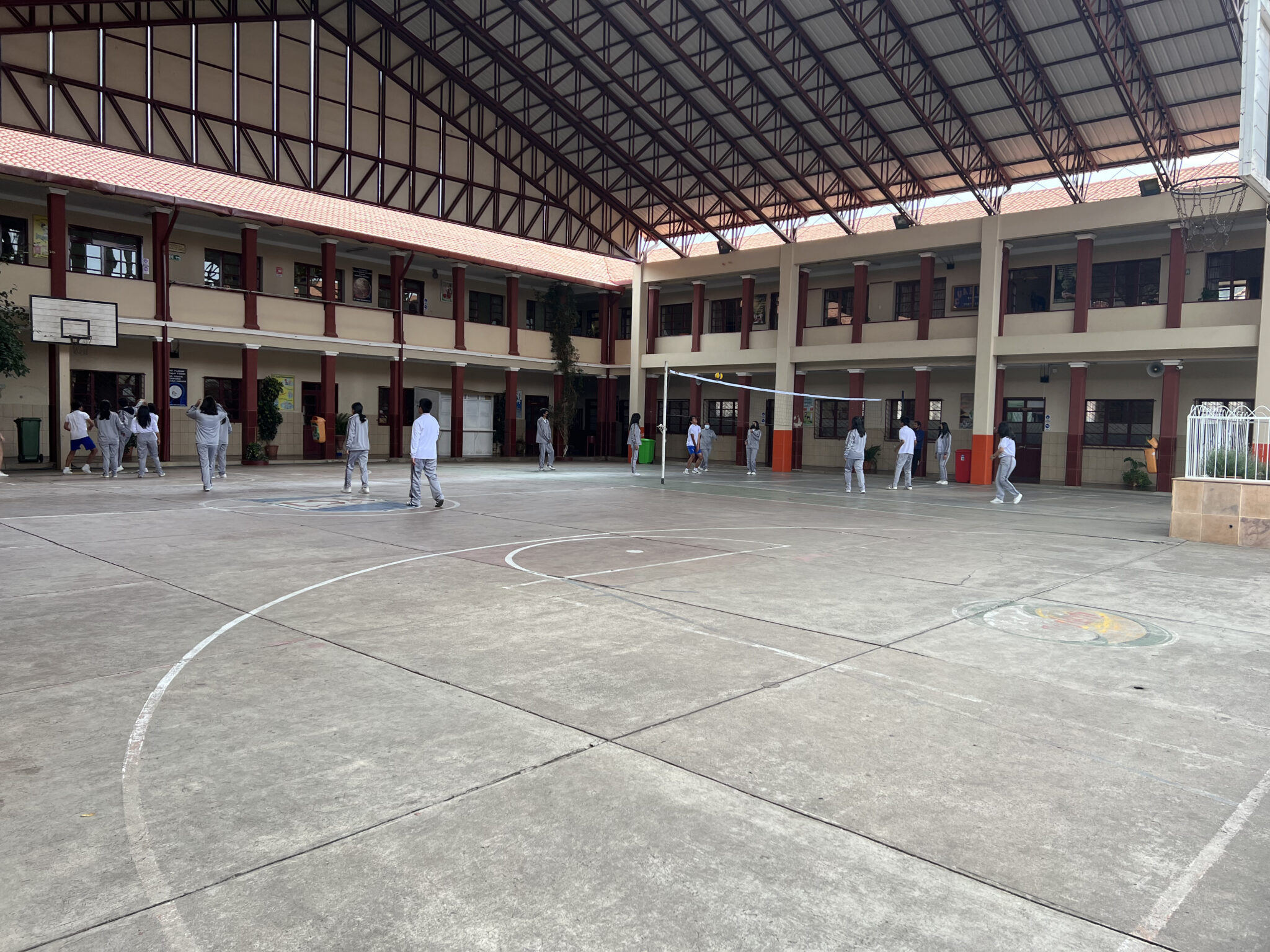At Children Incorporated, we believe that education is a way out of poverty for children, both in the United States and globally. Many barriers stand in the way of children receiving an education, from unaffordable school fees and a lack of basic facilities, to discrimination and low-quality instruction. These are often compounded by some cultural practices such as early marriage, as well as by the general preference of boys over girls, both of which make education out of reach for many girls. Around the world, threats of natural disasters and civil conflicts also disrupt many children’s education.
Global child poverty and education facts
– Children from the poorest households are 3 times less likely to attend school than children from the richest households
– 57 million children around the world are not attending school — and the majority of these young people are girls
– For each additional year of primary school attendance, a female worker’s wages increase 10 to 20%, on average
– Educated mothers tend to send their children to school, helping to break the cycle of poverty
– Nearly a billion people entered the 21st century unable to read a book or sign their names
– 40% of children living in poverty aren’t prepared to receive schooling at the primary level
Students who come from low-income families are 7 times more likely to drop out of school than those from families with higher incomes
National child poverty and education facts
– Nearly 11 million children are currently living in poverty in the United States
– 1 in 7 children living in poverty make up almost one-third of all people living in poverty in the U.S.
– Poverty’s effects on the psychological and emotional states of children contribute to both student interest in school and overall happiness
– Children living in poverty have a higher rate of absenteeism or leave school altogether because they are more likely to have to work or care for family members
– Students who come from low-income families are 7 times more likely to drop out of school than those from families with higher incomes
What Children Incorporated does to support children’s education
Children Incorporated provides resources to children in need in the United States and abroad because we passionately believe that children everywhere deserve education, hope, and opportunity. Through our sponsorship program, we provide basic necessities such as food, clothing, healthcare, and educational support to children living in poverty. These essentials, so often taken for granted, are vital to a child’s growth and success in school.
How you can help
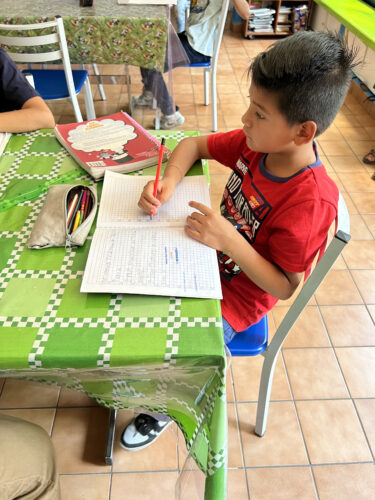
You can help a child living in poverty to receive an education in a few different ways. One way is through our child sponsorship program. Sponsorship provides an underprivileged child with basic and education-related necessities such as food, clothing, healthcare, school supplies, and school tuition payments. This vital support allows impoverished, vulnerable children to develop to their full potential – physically, emotionally, and socially. Sponsors positively impact the lives of the children they sponsor through the simple knowledge that someone cares about their well-being. This gives children in need hope, which is powerful.
Our policy has always been to consider the needs of each sponsored child on an individual basis. We work closely with our volunteer coordinators at our project sites, who are familiar with each individual circumstance and the needs of every child in their care. Sponsorship donations are sent to our projects – orphanages, homes, community centers, and schools – at the beginning of each month in the form of subsidy stipends. Our on-site volunteer coordinators use these funds to purchase basic and education-related items for children in our program, to ensure that they have what they need to do their very best and succeed in school.
You can also help children in need by donating to one of our special funds. Our special funds offer a variety of giving options for sponsors who wish to further their support, as well as for donors who wish to make a difference without making a commitment.
***
HOW DO I SPONSOR A CHILD with Children Incorporated?
You can sponsor a child with Children Incorporated in one of three ways: call our office at 1-800-538-5381 and speak with one of our staff members; email us at sponsorship@children-inc.org; or go online to our donation portal, create an account, and search for a child that is available for sponsorship.
___
References:
https://www.unicef.org/media/media_39441.html
https://www.americanprogress.org/article/basic-facts-children-poverty/
http://www.globalissues.org/article/26/poverty-facts-and-stats
https://www.dosomething.org/us/facts/11-facts-about-education-and-poverty-america
https://www.children.org/global-poverty/global-poverty-facts/facts-about-world-poverty-and-education
http://www.care.org/work/poverty/child-poverty/facts
https://borgenproject.org/10-facts-children-living-poverty/
http://education.seattlepi.com/statistics-poverty-affects-children-schools-3636.html


